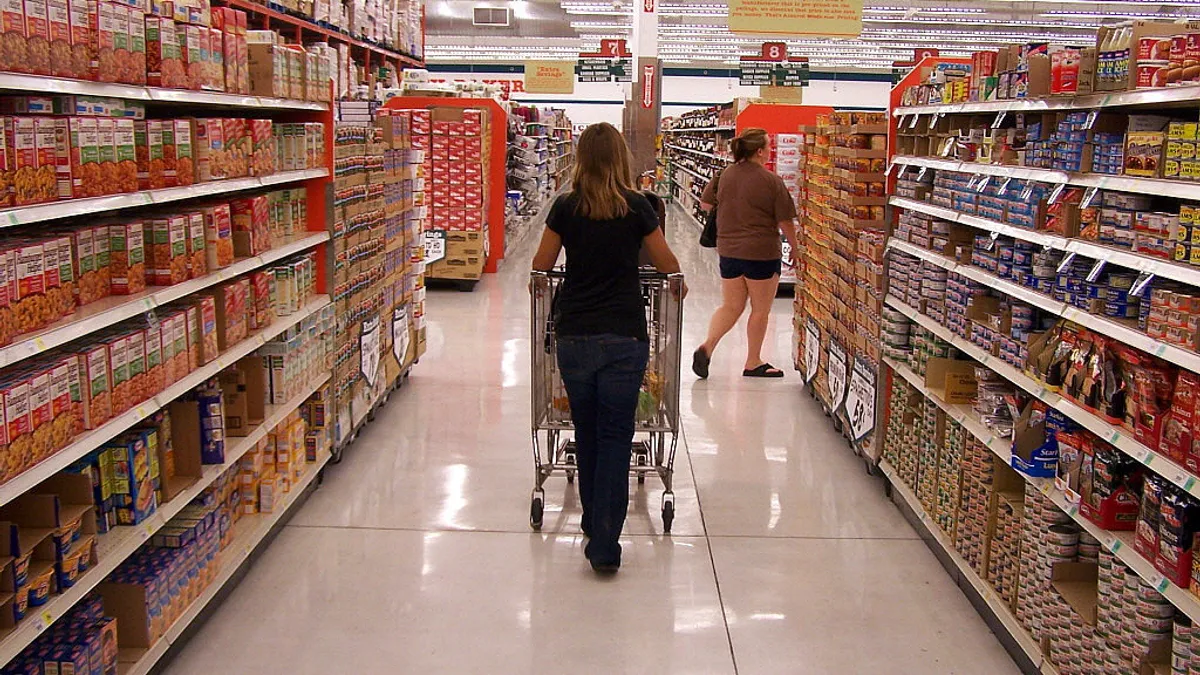Dive Brief:
- Grocers are increasingly using in-store technology that tracks customers as they move through store aisles, according to Progressive Grocer. These programs show retailers where consumers travel and how long they spend in certain sections.
- According to industry sources interviewed by Progressive Grocer, this technology can help grocers identify well-trafficked and under-visited areas of the store. It can also determine where to place special endcap displays, which items to cross-promote, and where to place signage.
- “In essence, these new technologies enable traditional grocery retailers to have the same level of understanding about their shoppers as online retailers such as Amazon,” Rajeev Sharma, founder and CEO of State College, PA-based VideoMining Corp., told Progressive Grocer.
Dive Insight:
Every retailer designs stores to be navigated in a certain way. But as in-store tracking technology grows, it will reveal fresh insights about how customers actually move through the aisles.
In-store tracking can show grocers which sections of the store are popular, of course. More importantly, it can reveal how customers prioritize their shopping trips. Many consumers start their trip in the produce department, but which section do they visit next, and how much time do they spend there? Where do they go next?
These patterns could reveal opportunities for cross promotions and special pricing. It could also help retailers reorganize their weekly circulars and other marketing materials to better reflect how shoppers progress through the store.
Analyzing store traffic can also show companies where to place endcaps, where to run demos and where to place signage so that it’s seen and not just breezed by. Shopper tracking could also reveal the flaws that are causing shoppers to skip over certain sections.
Retailers can also maximize this technology by influencing shoppers throughout their trip, rather than just tracking their movements. Some grocers, like Kroger, are tying this technology in with their shopper loyalty program to offer tailored promotions for customers as they walk the aisles.
This, however, raises questions about privacy. Should a supermarket tell customers it's tracking them as they shop, even if they’re not identifying them individually? How might shoppers react if they found out about this? Retailers already track customer purchases, but there’s something more intimate about tracking movement throughout the store that could make people uncomfortable.









